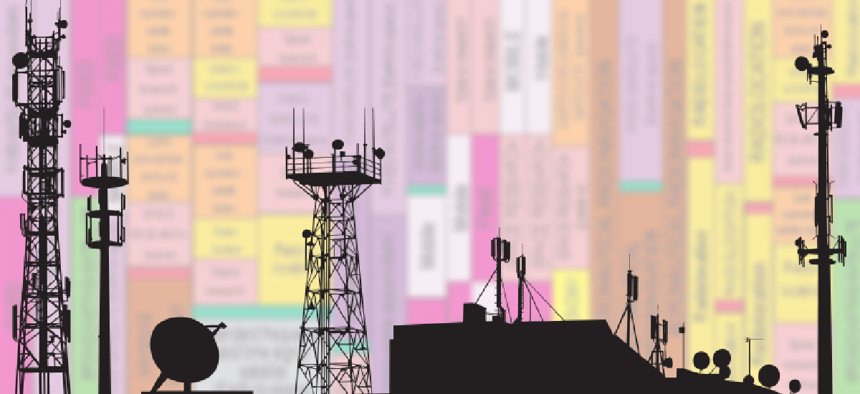NTIA looks to secure more 5G spectrum

DOD and DHS radar spectrum could be next candidate for shared commercial use, according to a new NTIA study.

Spectrum used by the Departments of Defense and Homeland Security for coastal and spot radar applications offer a “good opportunity” for shared federal/commercial 5G applications, according to a new National Telecommunications and Information Administration report.
Bandwidth between 3100-3550 megahertz, said a study released by the Commerce Department’s spectrum steward on July 6, “is a good candidate for potential spectrum sharing, including at the commercial system power levels sought by the wireless industry.”
That “mid-band” spectrum analyzed in NTIA’s study is just below spectrum now used for commercial deployments for Citizens Broadband Radio Service (CBRS) in the 3.5-3.7 MHz range.
NTIA is mandated to find federal spectrum to share for commercial use under 2018’s MOBILE NOW Act. That law requires NTIA to identify 255 megahertz for fixed and mobile wireless broadband use by 2022, with both unlicensed use and licensed use getting at least 100 MHz.
Last September, the Federal Communications Commission approved the first initial commercial deployments for CBRS. CBRS users share frequency allocations with incumbent DOD shipborne radar applications. NTIA had recommended that the upper 100 megahertz portion in that spectrum band be made available for commercial wireless broadband use, outside of certain coastal and test and training areas.
Commercial service providers now operating on that spectrum include AT&T, Boingo, Charter Communications and Verizon. Those providers use a three-tiered sharing model that gives incumbent DOD users priority access when needed, as well as licensed and unlicensed access for commercial private and general access services.
NTIA’s new study said the 3100-3550 MHz spectrum offers similar shared-use 5G opportunities, but warned the spectrum has some issues that need further study. For instance, NTIA said sharing spectrum for commercial use at 3450 MHz could be problematic because of air defense, missile and gunfire control, bomb scoring, battlefield weapon locations, air traffic control, and range safety applications that use those frequencies.
More study of the entire band, however, is needed before further action, according to NTIA.


